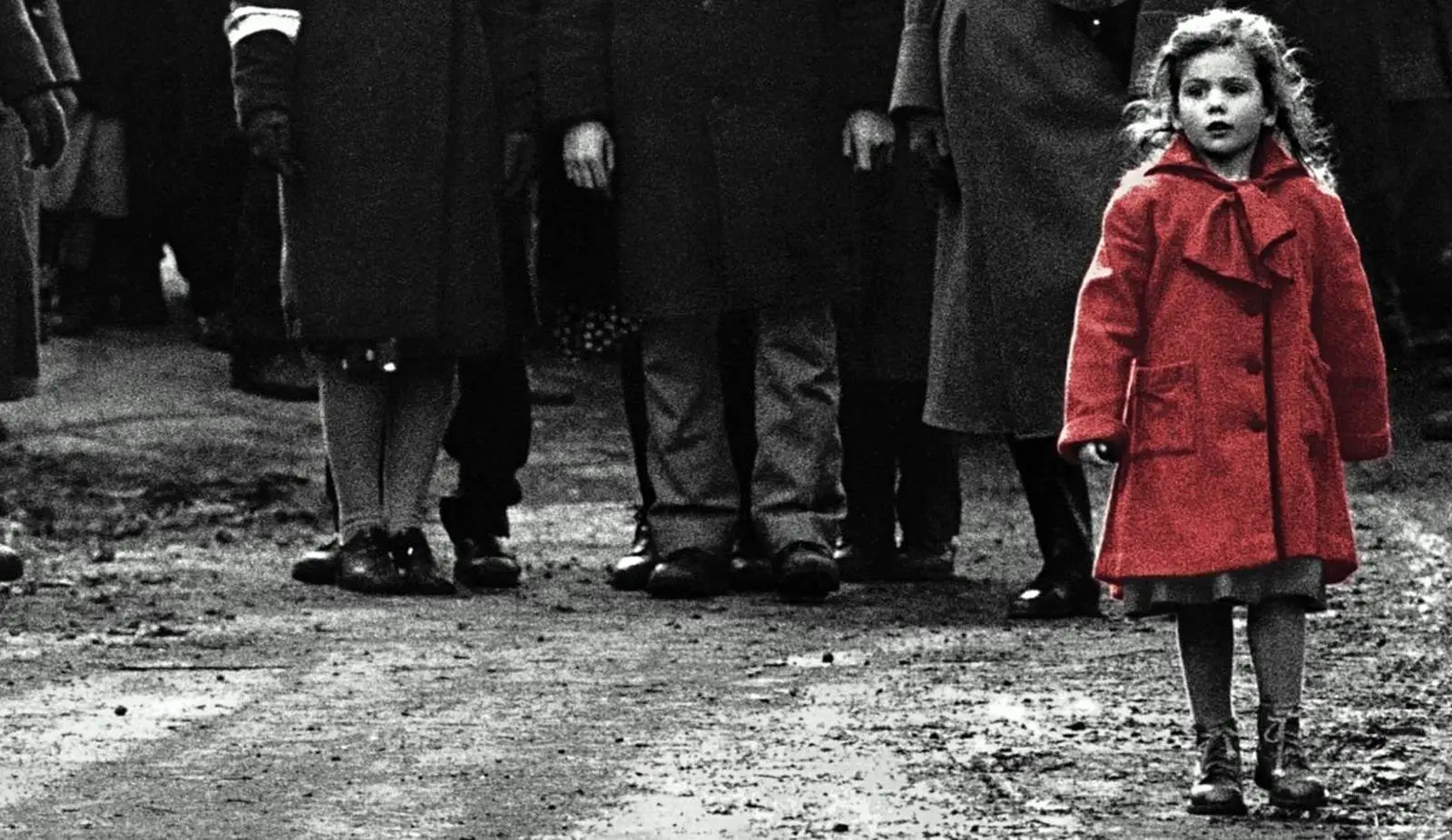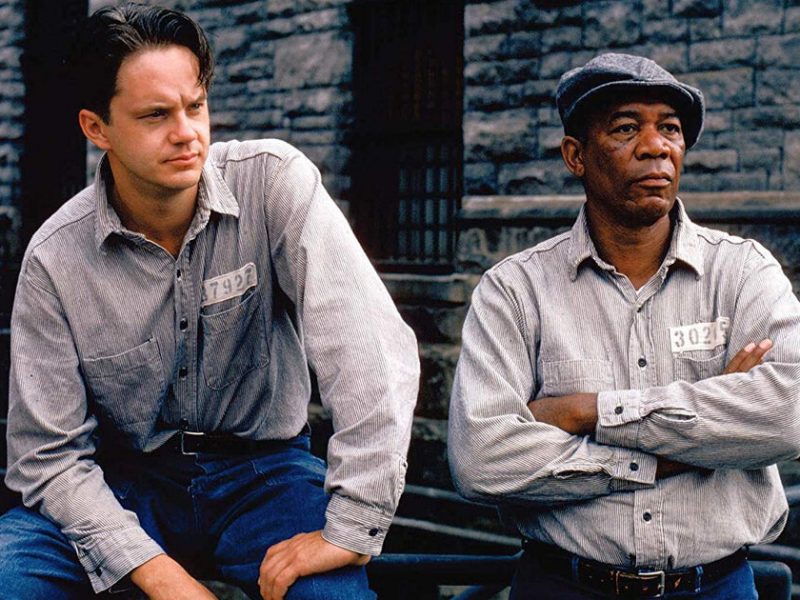Steven Spielberg’s Schindler’s List is a film about a German businessman who saved Polish Jews from death in concentration camps. The history of the 20th century is shown through the faces and life stories of individual people. In Schindler’s List, Spielberg works not only with history as a big story, a narrative, but also as a unique collection of specific stories, little things that reflect the events known from reference books and textbooks. It turns out that small things are able to speak of many things, and behind one life there can be thousands.
A film about the harsh days of Nazi domination. About cruelty and how important it is to remain human, even in the face of everyday atrocities.
Content/scen
Poland, 1939. By order of the Nazi command, all Polish Jews are to gather in major Polish cities to register. After a while, all Jews must move to the ghettos.
German businessman Oskar Schindler arrives in Krakow to set up an enamel factory. His ability to make friends with the right people helps him to do so. He soon meets high-ranking German army officers and members of the SS, whom Schindler entertains to his heart’s content with lavish dinners with singers and dancers in restaurants. And now the enterprising Oskar has all the permits in his pocket. All that remains is to raise the money, hire staff and organise the production process.
Taking advantage of the misery of the Jews in the ghetto, Schindler makes the rich Jews an offer they cannot refuse: they give him money (which they cannot circulate because of the German prohibition) and in exchange they receive goods that they can exchange for others. Schindler entrusts the management of the business to Itzhak Stern, a local member of the Jewish Council. Stern is not enthusiastic about working for Schindler, but he has no other way to escape the ghetto and help his fellow citizens in some way.
Many Jews willingly go to work for Schindler, as it gives them a chance to get out of the ghetto for a while. To secure the Jews’ employment, Stern helps them to forge documents to prove their technical knowledge.
Under the skilful leadership of Schindler, supported by his friends in the upper echelons of the army, and Stern, who directly organises production, the enamel business quickly gains momentum. Oskar Schindler is swimming in money. He shares with his wife Emilie, who has come to stay with him, his theory that war is the driving element of any business, guaranteeing its prosperity.
SS officer Amon Goeth arrives in Kraków. He imprisons the Jews of the Kraków ghetto in the Plaszow concentration camp. The liquidation of the ghetto was the starting point of Schindler’s evolution from adventurer to humanist. Schindler maintained friendly relations with Goethe and other SS officers in order to win their support.
Oskar Schindler’s grave.
Goethe receives orders to close the Plaszow concentration camp and to exterminate the Jews there at Auschwitz. Schindler manages to bribe Goeth to let “his” workers live, to be used in a new factory in his hometown of Zwittau-Brinlitz in the Czech Republic. Schindler and Stern make a list of workers who must avoid going to Auschwitz. This list of “skilled” workers, whose entry saved the lives of the Plaszow prisoners, is the title of the film.
The bulk of Schindler’s factory workers make it to Zwittau-Brinlitz, but a train full of women and some children is mistakenly sent to Auschwitz. Schindler manages to save them by bribing a high-ranking official.
Schindler spends all the money he has earned on bribing the Nazi officials guarding his factory. The money runs out just as the war ends with Germany’s surrender.
Amon Goeth is hanged by the verdict of a Polish court after the war.
Schindler, as a “Nazi and slave owner”, must flee in the face of the advancing Red Army. As a farewell, his factory workers give him a letter explaining Schindler’s actions and give him a gold ring (cast from the teeth of one of the prisoners) with an inscription from the Talmud: “Whoever saves one life saves the whole world”.
A Soviet officer arrives in the morning and announces to the Jews that they are free. The Jews go to the nearest village in search of food. The image changes to modern images of the Jews rescued by Schindler.
A procession of Jews rescued by Schindler, their descendants and the actors who participated in the film pass near Schindler’s grave in Israel. They all place a stone on the tombstone as a sign of respect. In the last scene of the film, a man whose face is not visible lays flowers at Schindler’s grave. It is Liam Neeson, who plays Schindler himself.
Conclution
It is no coincidence that the film made a big impression on the film community: it won seven Academy Awards, including Best Picture.
Steven Spielberg was introduced to Schindler’s Ark in 1983. It was written by Thomas Keneally and based on the testimony of Poldek Pfefferberg, a Jew who was rescued by Schindler during World War II. The director became interested and decided to make a film, which, however, did not see the light of day until 1993. It took Spielberg 10 years to prepare internally for the Holocaust theme. Schindler’s List also requires some inner work on the part of the viewer.
You may also like:



